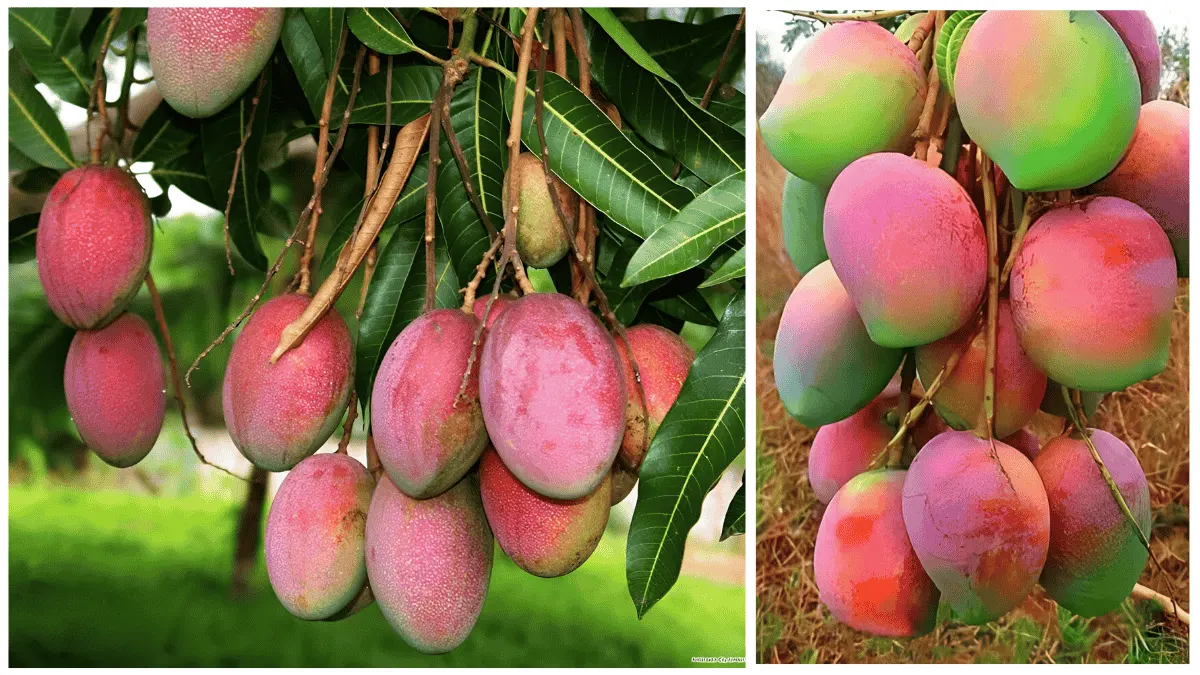The Eroanvia Seedless Mango plant is a unique tropical treasure gaining popularity among home gardeners. Known for its sweet, fiberless flesh and lack of seed, this mango variety offers a delicious experience without the usual mess or waste. Whether you’re an experienced gardener or a beginner, growing this rare mango plant at home is both rewarding and surprisingly simple if you follow the right steps.
What Makes the Eroanvia Mango Special?
Unlike traditional mangoes, the Eroanvia variety is completely seedless. This means the fruit has more edible pulp and less waste. It’s also prized for its smooth texture, minimal fiber, and rich sweetness. Originating from carefully developed cultivars, the Eroanvia plant thrives in warm climates but can also adapt to indoor growing with the right care.
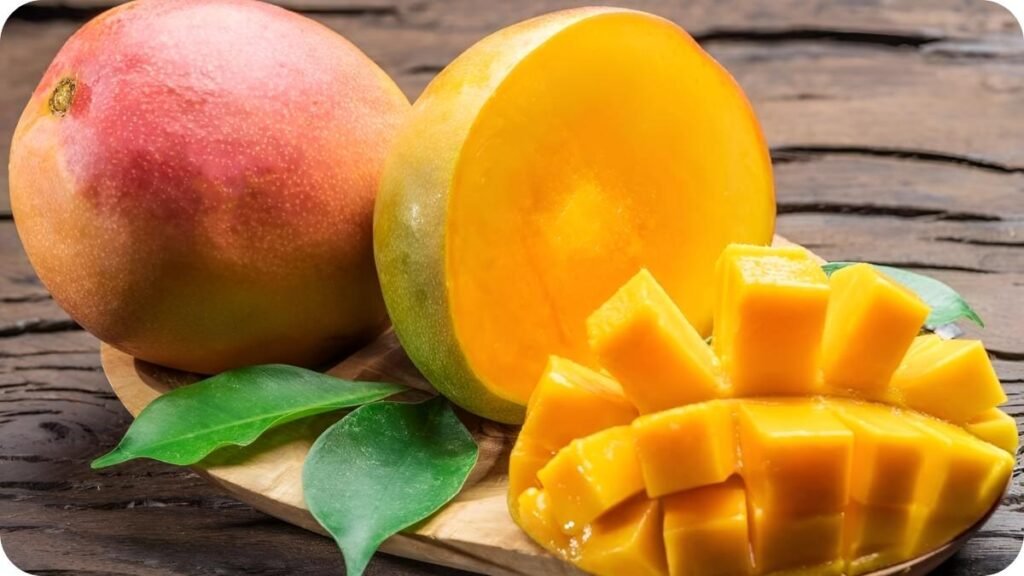
Ideal Growing Conditions for the Eroanvia Mango
To ensure a healthy plant and a successful fruiting cycle, it’s important to understand what the Eroanvia mango needs:
| Factor | Requirement |
|---|---|
| Sunlight | Full sun (6–8 hours daily) |
| Soil Type | Well-draining, loamy soil |
| Soil pH | 6.0 to 7.5 |
| Watering | Moderate, avoid overwatering |
| Temperature Range | 70°F to 90°F (21°C to 32°C) |
| Humidity | Moderate to high |
Place your plant in a south-facing spot or near a bright window if growing indoors. Outdoor plants should be sheltered from strong winds and cold temperatures.
Planting the Eroanvia Mango
You can grow the Eroanvia mango plant from a nursery sapling, as seedless varieties typically don’t grow from seeds.
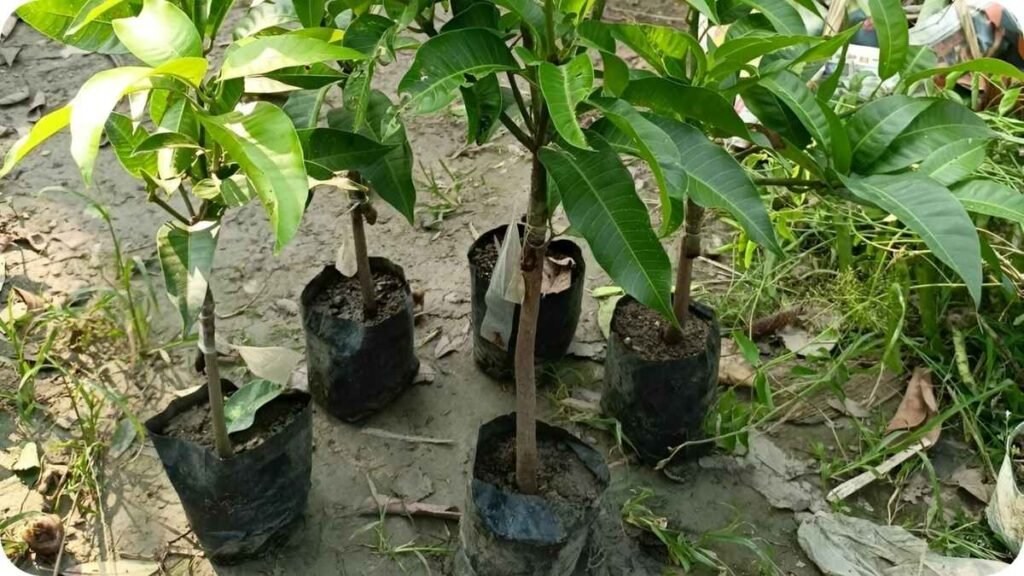
Steps to Plant:
- Choose the Right Container: Use a large pot (at least 15 gallons) if growing indoors or on a patio.
- Prepare the Soil: Use a mix of potting soil, compost, and sand for good drainage.
- Planting Depth: Place the sapling so that the root ball is level with the surface of the soil.
- Water Thoroughly: After planting, give the plant a deep watering and ensure excess water drains out.
For outdoor planting, dig a hole twice as wide and just as deep as the root ball, then follow the same process.
Watering and Feeding Schedule
While mango trees don’t like soggy soil, they do require consistent moisture especially during the growing season.
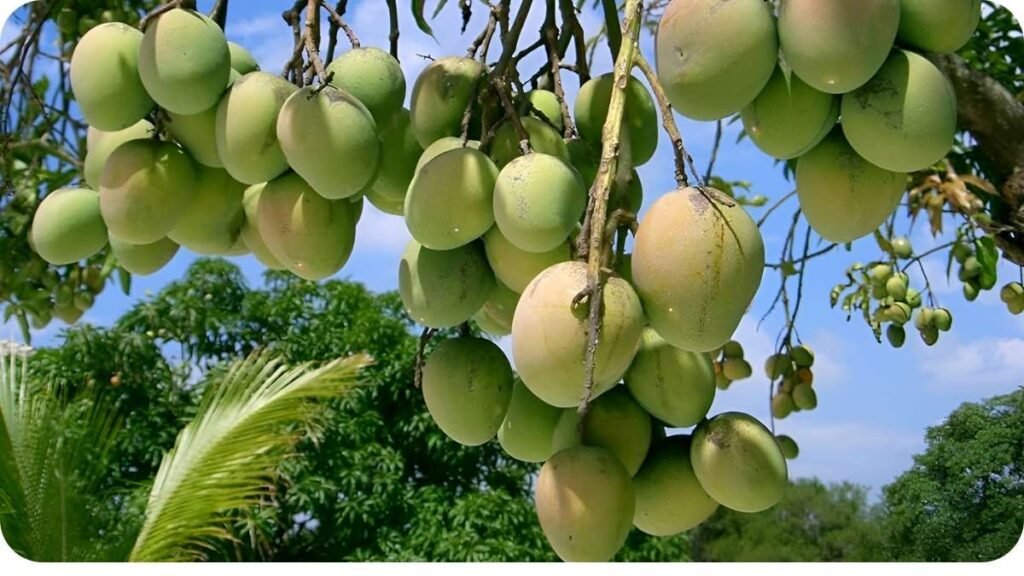
General Watering Guide:
| Season | Frequency |
|---|---|
| Spring | 1–2 times/week |
| Summer | 2–3 times/week |
| Fall | Once a week |
| Winter | Minimal watering |
Allow the top 2–3 inches of soil to dry out between waterings. Overwatering can lead to root rot and fungal problems.
Use a balanced slow-release fertilizer in spring and again in midsummer. A mango-specific fertilizer high in potassium and phosphorus can help promote fruiting.
Pruning and Shaping the Plant
Pruning helps maintain the plant’s shape and encourages better fruit production. Start pruning once the tree is about 3 feet tall. Remove any dead or weak branches and shape the plant to allow more light to reach the inner canopy.
Pruning Tips:
- Prune after harvest or in late winter.
- Avoid heavy pruning during the growing season.
- Disinfect your pruning tools to avoid disease transmission.
Pollination and Fruit Development
Although the Eroanvia mango is seedless, it still flowers and produces fruit through parthenocarpy (fruit without fertilization). In indoor settings, light shaking or hand pollination of the flowers may help boost fruit production.
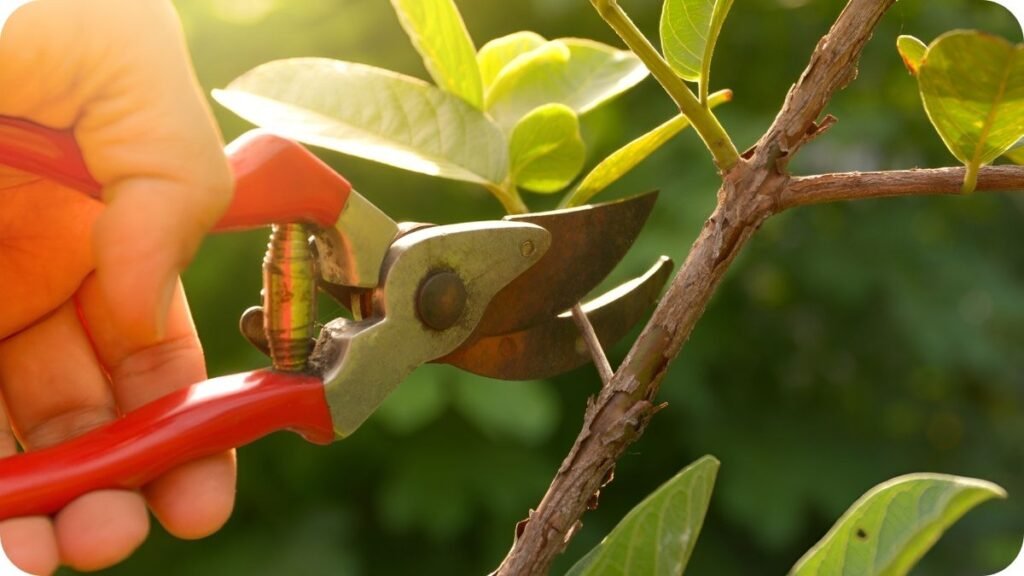
The flowering period usually begins in early spring, and fruits are ready to harvest by mid-to-late summer, depending on your region.
Common Problems and Solutions
Even the healthiest mango plant may face challenges. Here’s a quick table to help troubleshoot common issues:
| Problem | Cause | Solution |
|---|---|---|
| Yellowing leaves | Overwatering or poor drainage | Let soil dry, improve drainage |
| No fruit | Lack of sunlight or nutrients | Move to sunnier location, add fertilizer |
| Leaf spots or mildew | Fungal infection | Use neem oil or a mild fungicide |
| Slow growth | Cold temps or low nutrients | Warm location, feed with balanced fertilizer |
Harvesting and Enjoying the Fruit
The Eroanvia mango is typically ready for harvest 100–120 days after flowering. You’ll know it’s ready when:
- The fruit turns golden yellow.
- The skin develops a slight give under pressure.
- A fruity aroma is noticeable near the stem.
Harvest using garden shears or twist gently by hand. Let the fruit ripen indoors for a few days if picked slightly early.
Storing and Using Your Mangoes
After harvest, Eroanvia mangoes can be stored at room temperature for up to 5 days. Refrigeration can extend shelf life to about a week.
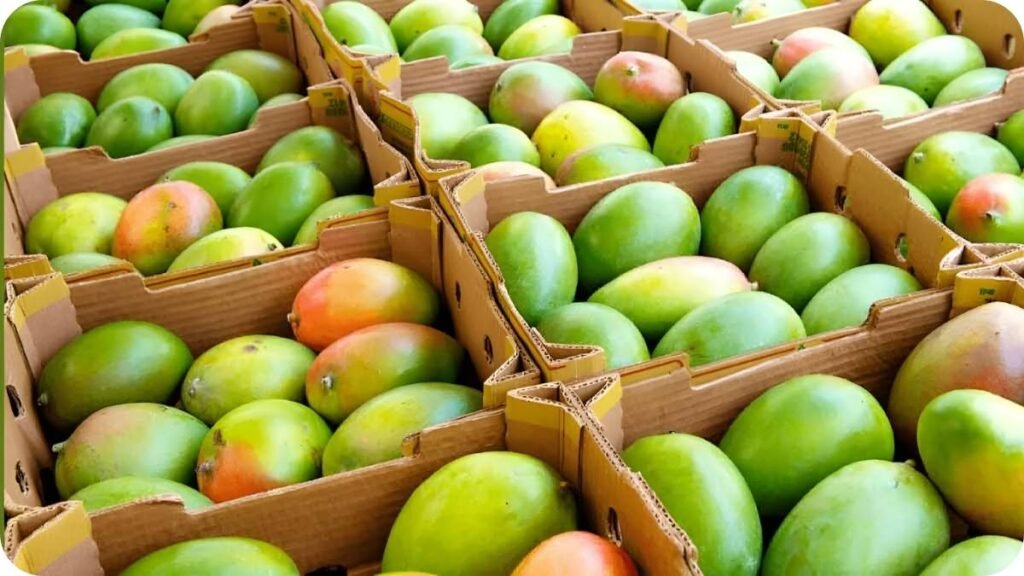
Use your seedless mangoes in smoothies, salads, chutneys, or simply enjoy them fresh. The absence of a seed makes them perfect for slicing and serving to guests or kids.
Long-Term Care and Maintenance
The Eroanvia mango plant is low-maintenance once established. Here’s a care calendar to guide you:
| Month | Tasks |
|---|---|
| Jan–Feb | Light pruning, minimal watering |
| Mar–Apr | Fertilize, increase watering, sun exposure |
| May–Jul | Pollinate flowers, monitor pests |
| Aug–Sep | Harvest fruit, continue feeding |
| Oct–Dec | Reduce watering, protect from frost |
Keep an eye out for pests like aphids, scale insects, or spider mites, especially in dry indoor air. Regularly wiping the leaves or using insecticidal soap can help.
Frequently Asked Questions
1. Can I grow Eroanvia mango indoors year-round?
Yes, with adequate sunlight (or grow lights), temperature, and humidity, the Eroanvia mango can thrive indoors year-round.
2. How long does it take for the Eroanvia mango to fruit?
If grown from a grafted sapling, expect fruit within 2 to 3 years. Seedless varieties do not grow from seeds.
3. Do I need another mango plant for pollination?
No, Eroanvia mango plants are self-fruitful and do not require a second plant for pollination.
4. Can I grow this mango in a cold climate?
Yes, but only indoors or in a greenhouse. The plant cannot survive frost or freezing temperatures.
5. How tall does the Eroanvia mango tree grow?
In containers, it generally stays between 6–10 feet tall. Outdoors in the ground, it may reach up to 15 feet with proper care.
